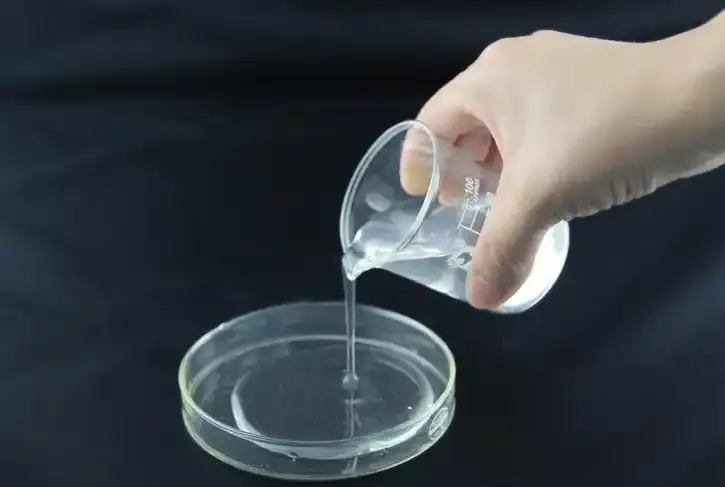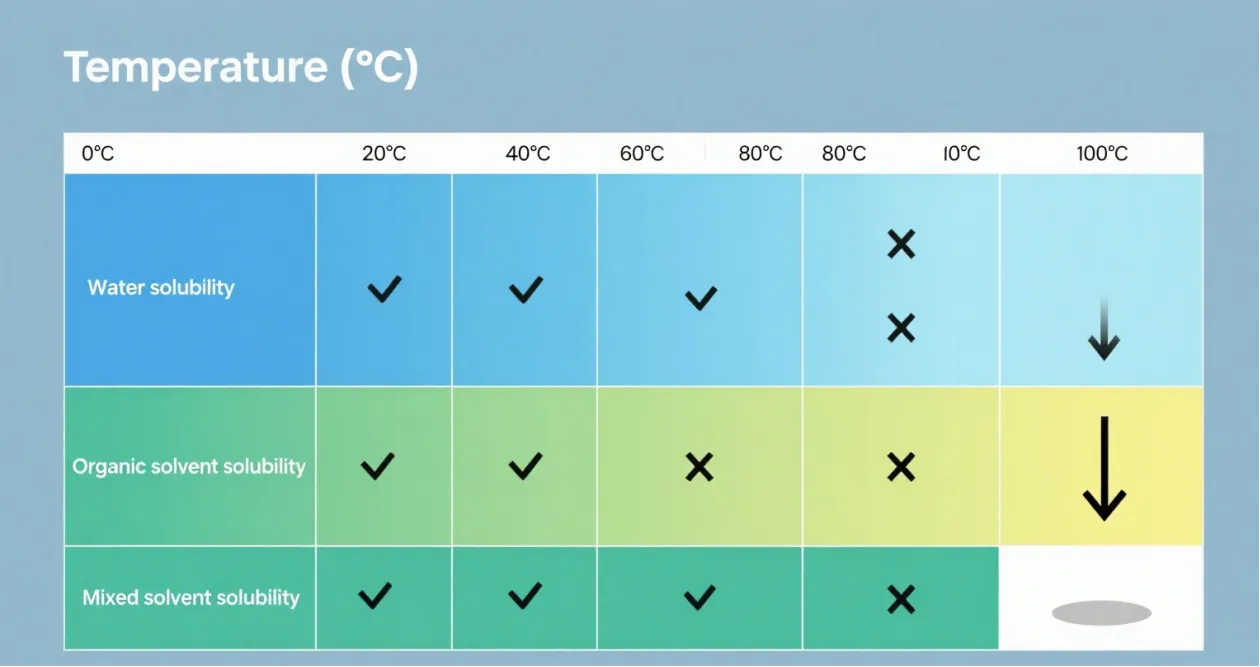
A Complete Guide to HPMC: Types, Applications, and Technical Properties
HPMC (Hydroxypropyl Methyl Cellulose) is a multifunctional polymer widely used in construction, pharmaceuticals, coatings, and personal care. Known for its excellent water retention, thickening, and film-forming properties, HPMC is an indispensable material in various industries. This article explores HPMC types, technical specifications, and key applications, especially in xây dựng HPMC, pharmaceuticals, and coatings.

Understanding HPMC Types, Density, and Molecular Properties
1. Classification of HPMC Types and Viscosity
There are several HPMC types classified based on viscosity, substitution levels, and specific applications. Common industrial grades include:
Low viscosity (e.g., HPMC 15 cps means 15 centipoise viscosity in 2% solution)
Medium viscosity (like K4M)
High viscosity (like K100M)
Các HPMC viscosity table helps users select the appropriate grade for their needs.
For instance:
|
Grade |
Viscosity (2% solution) |
Application |
|
E5 |
~5 cps |
Lớp phủ màng HPMC, binder |
|
K4M |
~4000 cps |
Gel, construction, pharma |
|
K100M |
~100,000 cps |
Controlled release, adhesive |
Các HPMC K4M molecular weight is around 86,000–150,000 Daltons, while HPMC E5 molecular weight is much lower, offering faster solubility and lower viscosity.

2. HPMC Density, Molecular Weight, and Thermal Behavior
The typical HPMC density is about 1.3 g/cm³ in solid form.
Các HPMC molecular weight varies widely based on viscosity grade, influencing solution behavior, film formation, and mechanical properties.
Các HPMC glass transition temperature (Tg) is around 170°C–180°C, which indicates when the polymer transitions from a brittle to a flexible state—crucial for film coatings and thermal processing.
Các HPMC solubility chart indicates that HPMC is soluble in cold water but insoluble in hot water, precipitating at elevated temperatures and redissolving upon cooling. It is generally insoluble in most organic solvents but can dissolve in mixed solvent systems.

Applications of HPMC in Construction, Pharmaceuticals, and Coatings
1. HPMC for Construction: Tile Adhesive and Wall Putty
Xây dựng HPMC is an essential additive for cement-based materials. In HPMC tile adhesive, it enhances:
Water retention
Open time
Workability
Sag resistance
For HPMC for wall putty, it prevents premature drying, improves smoothness, and boosts adhesion to substrates. Selecting the right grade from an experienced HPMC-Hydroxypropyl Methyl Cellulose manufacturer ensures performance consistency.
2. HPMC in Pharmaceuticals and Coatings
HPMC plays a critical role in pharmaceutical formulations:
As an Chất kết dính HPMC in tablet compression, enhancing cohesion.
In Lớp phủ màng HPMC for moisture protection, controlled release, and taste masking.
As a lubricant in products like Retaine HPMC lubricant eye drops, where it provides hydration and tear film stability.
Its biocompatibility and stability make HPMC an ideal excipient in oral, topical, and ophthalmic preparations.
Product FAQs About HPMC
1. What does HPMC 15 cps mean?
HPMC 15 cps means the viscosity is 15 centipoise in a 2% aqueous solution at 20°C. It is a low-viscosity grade, mainly used for film coatings and liquid formulations.
2. How does HPMC improve tile adhesive and wall putty?
In HPMC tile adhesive and HPMC for wall putty, it improves water retention, prevents cracking, enhances workability, and extends open time, leading to a superior finish and stronger adhesion.
3. What is the glass transition temperature of HPMC?
Các HPMC glass transition temperature typically ranges from 170°C to 180°C, which is important for thermal processing and film-forming applications.
4. Is HPMC soluble in organic solvents?
As shown in the HPMC solubility chart, HPMC is soluble in cold water but insoluble in hot water and most organic solvents. It may dissolve in certain ethanol-water mixtures depending on the ratio.
5. What factors affect the molecular weight of HPMC grades?
Các HPMC molecular weight depends on the degree of polymerization and substitution. For example, HPMC K4M molecular weight is much higher than HPMC E5 molecular weight, resulting in different viscosities and functional properties.
Conclusion
HPMC’s versatility, whether as a binder, coating agent, or thickener, is backed by its robust molecular structure and reliable thermal and solubility properties. Understanding the relationship between HPMC types, density, molecular weight, and performance helps industries choose the right product for their needs.
Working with a reliable HPMC-Hydroxypropyl Methyl Cellulose manufacturer ensures that you receive consistent quality whether you require HPMC for tile adhesive, wall putty, film coating, or pharmaceutical use.
-
Hydroxypropyl Starch as a Sustainable Construction AdditiveNewsNov.24,2025
-
The Gelation Properties of CMCNewsNov.21,2025
-
Redispersible Latex Powder and Water Retention CapacityNewsNov.21,2025
-
Dosage Control for Polycarboxylate Water ReducerNewsNov.21,2025
-
Film-Forming Properties of Polyvinyl AlcoholNewsNov.21,2025
-
The Function of Gypsum Additives in MortarNewsNov.21,2025





















